The Ammonium Thiosulfate Market is currently characterized by a dynamic competitive landscape, driven by increasing agricultural demand and the need for sustainable fertilizers. Key players such as Nutrien Ltd (CA), Yara International ASA (NO), and Mosaic Company (US) are actively shaping the market through strategic initiatives. Nutrien Ltd (CA) focuses on innovation in product formulations, aiming to enhance crop yield while minimizing environmental impact. Yara International ASA (NO) emphasizes digital transformation, integrating precision agriculture technologies to optimize fertilizer application. Meanwhile, Mosaic Company (US) is pursuing regional expansion, particularly in emerging markets, to capitalize on the growing demand for ammonium thiosulfate as a soil amendment.
In terms of business tactics, companies are increasingly localizing manufacturing to reduce transportation costs and enhance supply chain efficiency. The market structure appears moderately fragmented, with several players vying for market share. However, the collective influence of major companies like Haifa Group (IL) and K+S AG (DE) is notable, as they leverage their extensive distribution networks to strengthen their market positions. This competitive interplay fosters an environment where innovation and operational efficiency are paramount.
In August 2025, Yara International ASA (NO) announced a partnership with a leading agtech firm to develop a new digital platform aimed at optimizing nutrient management for farmers. This strategic move is likely to enhance Yara's competitive edge by providing farmers with data-driven insights, thereby improving crop productivity and sustainability. The integration of technology into traditional agricultural practices signifies a shift towards more efficient farming methods, aligning with global sustainability goals.
In September 2025, Nutrien Ltd (CA) unveiled a new line of ammonium thiosulfate products designed specifically for high-value crops. This launch reflects Nutrien's commitment to innovation and its understanding of market needs, as it seeks to cater to the increasing demand for specialized fertilizers. By focusing on high-value segments, Nutrien positions itself to capture a larger share of the market, potentially leading to increased profitability.
In October 2025, Mosaic Company (US) completed the acquisition of a regional fertilizer distributor, enhancing its distribution capabilities in North America. This acquisition is strategically significant as it allows Mosaic to streamline its supply chain and improve customer access to its products. Such moves indicate a trend towards consolidation in the market, where companies seek to bolster their operational efficiencies and market reach.
As of October 2025, the Ammonium Thiosulfate Market is witnessing trends that emphasize digitalization, sustainability, and the integration of artificial intelligence in agricultural practices. Strategic alliances are increasingly shaping the competitive landscape, enabling companies to leverage shared resources and expertise. Looking ahead, it appears that competitive differentiation will evolve from traditional price-based strategies to a focus on innovation, technological advancements, and reliable supply chains, reflecting the changing dynamics of the agricultural sector.


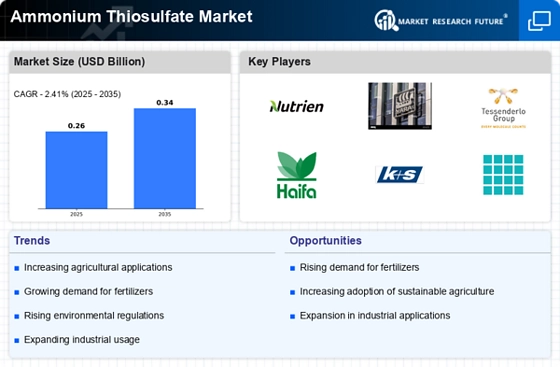

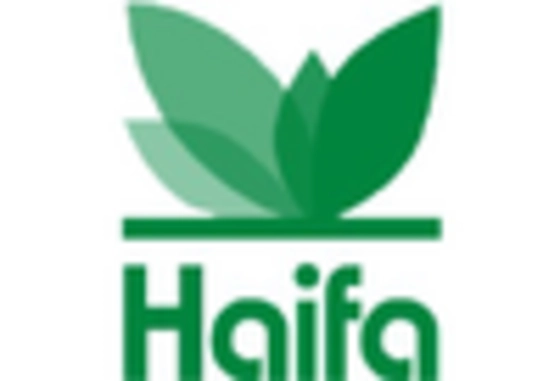
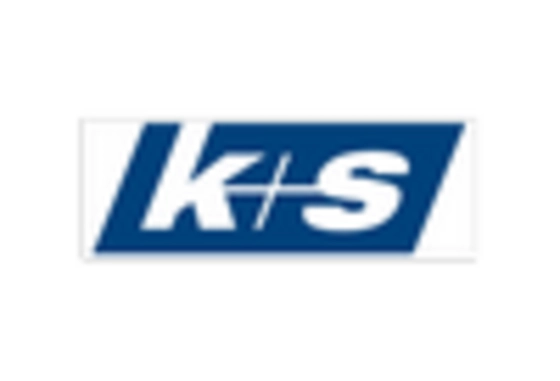
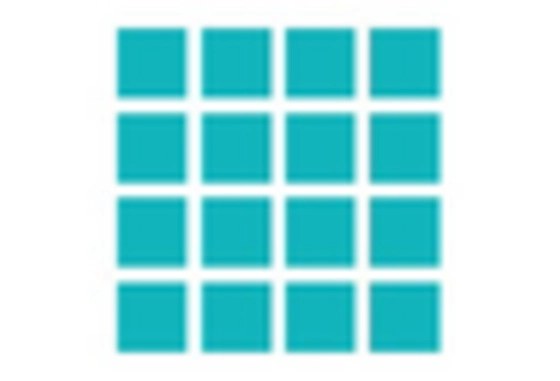
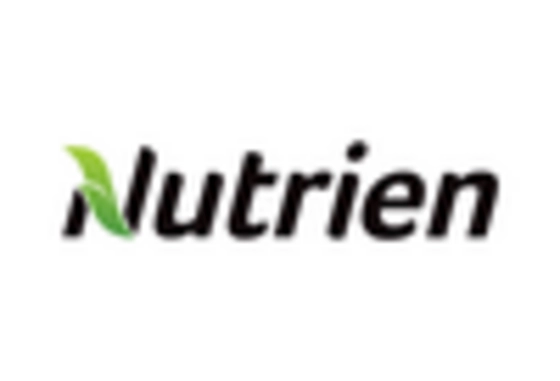
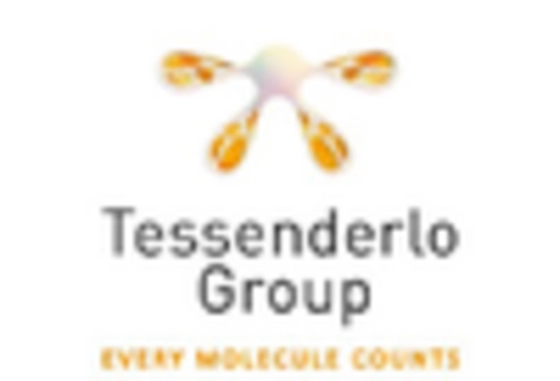
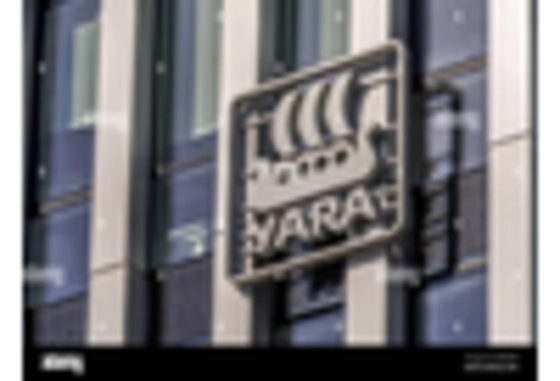








Leave a Comment